
Try an “Upright” Landscape Plan
by Valle Novak
Small houses – one-story ranch-type homes or bungalows, for instance – have a real charm and are site-friendly since they don’t overwhelm the landscape.
If the “gardener-in-residence” isn’t careful, however, the landscape can overwhelm the house.
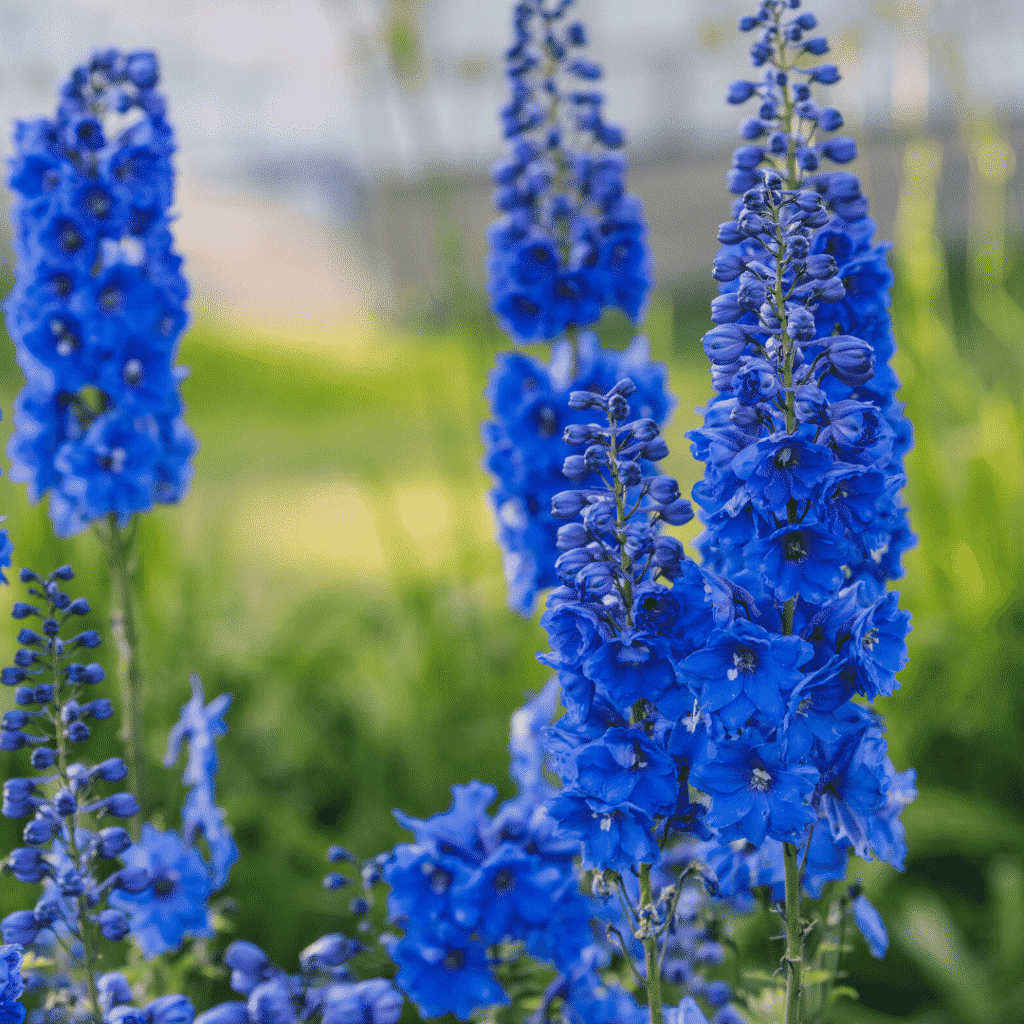
Too often, we are static in our selection of ornamental perennials and opt for mound-type shrubs and specimens. If we stay too faithfully to that course, we get a view from the street of a house that appears to be sinking in its plantings, with no height or structure of its own – or, in the case of a bungalow – a hobbit-type home that resembles a mushroom surrounded by rounded greenery.
Now, this can be a cozy effect, but if it’s not what you’re after, your house-plantings need some thought. The solution is to use lots of vertical-growing and spire-type plants. Grow them in groups of several varieties for color and visual excitement, with some spacing here and there to let the house’s outer walls show through – giving it depth, height, or (in the case of a bungalow) length – as needed.
Back a grouping with a clump of tall delphinium, foxglove, valerian or angelica; just in front and a little to the left of them, plant groups of veronica, lupine, Shasta daisies – to the right, another grouping of steely blue echinops or giant allium, perhaps, some ligularia, and astilbe.
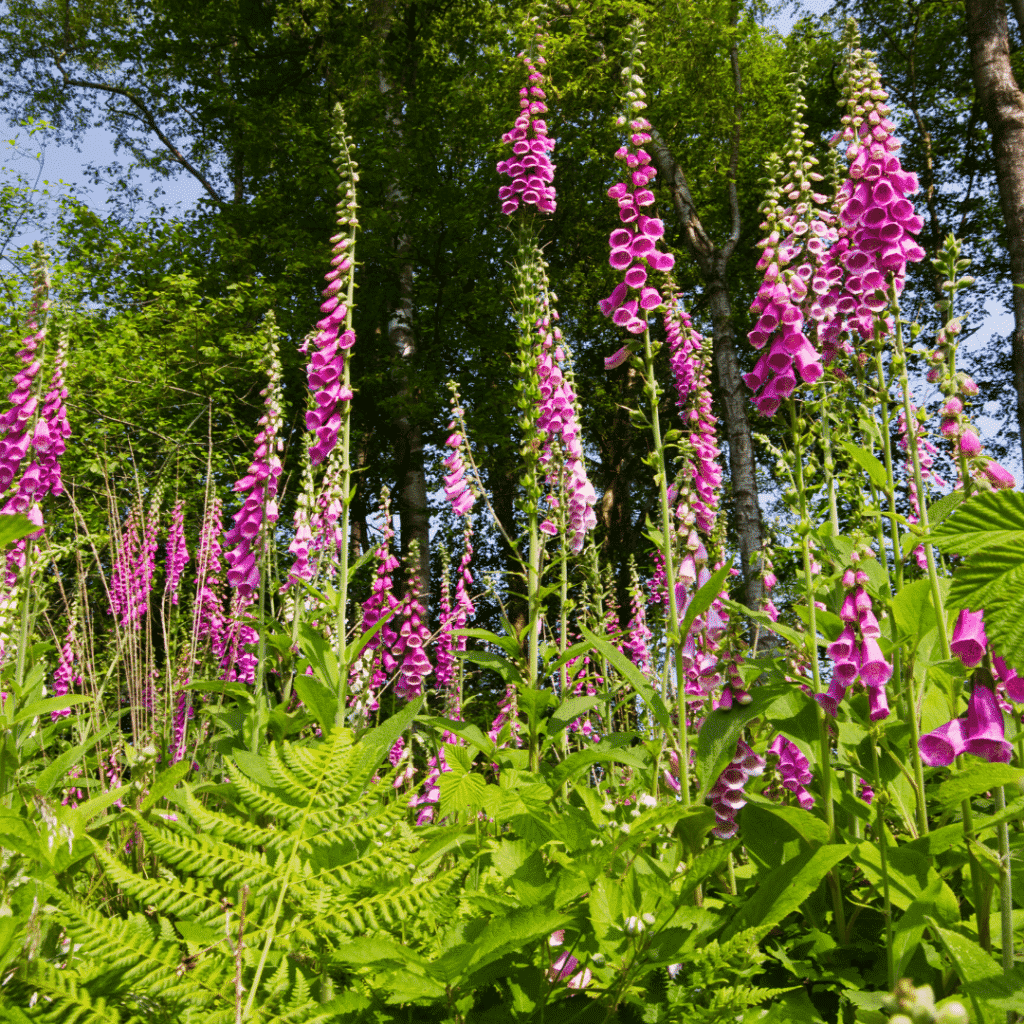
Consider the impact of this mass grouping: Delphinium (in dark blue, blue-violet, white, shades of pink), purple or yellow foxglove, pink/white valerian (with it’s accompanying greenery); then dark blue veronica, lupine (in your choice of blue, red, yellow, pink, ad infinitum), and the white of the daisies; the ball heads of blue echinops or purple allium, yellow ligularia (the Rocket), and astilbe in shades ranging from white through pink, red and lavender. Here you have a glorious melange of color, shape, size and texture, all growing upright instead of low.
Leave a space now, and go on to another such grouping. Maybe this time you’ll use hollyhocks, meadow rue (tall and airy), or betony (lots of lovely dark green shrubbery holding tall, blue/violet spears); fronted left and right with Wooly Lamb’s Ears (Stachys) and its soft silvery leaves or rose campion with its grey-green velvety leaves, a daylily or Asiatic or Oriental lilies, clumps of iris (bearded or the tall, elegant and slender Dutch types), a mound of bellflowers (Campanula) in blue, pink or white, Oriental poppies (pink, white, purple or bright red), lavender (Hidcote or Munstead will grow here), baby’s breath (in white or pink), or moonbeam coreopsis (pale, small yellow flowers on lacy foliage). What a vision!
By the way, don’t forget the ornamental grasses! There are some beautiful plume-style grasses that would make a grand back-of the grouping focal point. Though pampas grass and its hot-country relatives aren’t hardy here, several species of Miscanthus will thrive and add immensely to your planting scheme.
You may already have some “bones” in your around-house landscaping that you can work from: A rhododendron, large peony, or rose (if not, consider a climber alongside a window), or perhaps a cluster of spring-blooming daffodils, tulips and the like. Utilize them all, of course, and along the front, plant according to the structure of your house.
If you have a long, low rancher, you don’t want a long row of plants in a line that will only lengthen the effect. Choose a ground cover if you wish, vinca minor, any of the creeping thymes, ground ivy, etc., and interplant with small groupings of coral bells (heuchera), hostas, or other favorites such as Artemisias (Dusty miller, Powis castle, etc.), primroses – and even annuals like petunias or zinnias for changeable seasonal color where you want it.
A compact bungalow, however, could do with that lengthening line of plants, so by all means, choose your favorites and set them in. Bulbs serve nicely too: Lilies of the Valley are hardy and leave pretty green leaves after they bloom, and if planted with one of the afore-mentioned ground covers are great. You may also mix in some grape hyacinth (muscaria) bulbs for earlier, and allium (shorter varieties) for later, bloom.

If you don’t want to give up your shrubs, remember that a tall shrub at either end of a long, low house serves to make it look longer, but does the opposite for a shorter home – compressing it, so to speak. However, three or four shrubs, spaced appropriately, will create balance, especially when the gaps are filled in with your flowering plant groupings.
Once you’ve chosen your basic groupings, fill in here and there with appropriate perennials for either airiness or substance where needed – columbine/hosta for instance – and if you wish, repeat one or two groupings for a more formal look. You want a mass of color to set off the interspersed spired groupings that point the way upward to lift the eye. This can also be achieved by Clematis or climbing roses outlining windows, perhaps on a narrow trellis.
As your garden matures and takes form, you can add or delete plants, or transplant for greatest effect. Don’t be afraid to join wild and wooly colors! Purple delphinium backing an orange daylily is sensational, or magenta hollyhocks behind a lemon-yellow daylily. Red beebalm (Monarda) is gorgeous alongside yellow lupine and/or blue campanula, and the fire and ice of red poppies and white daisies is riveting.
The selection of upward-growing plants is vast. Re-read your garden catalogs for some ideas that you can utilize for an “upright” landscape plan. You can give a dazzling new look to your one-story home, and have fun doing it!
Originally published in 6/3/01 in the Bonner County Daily Bee.


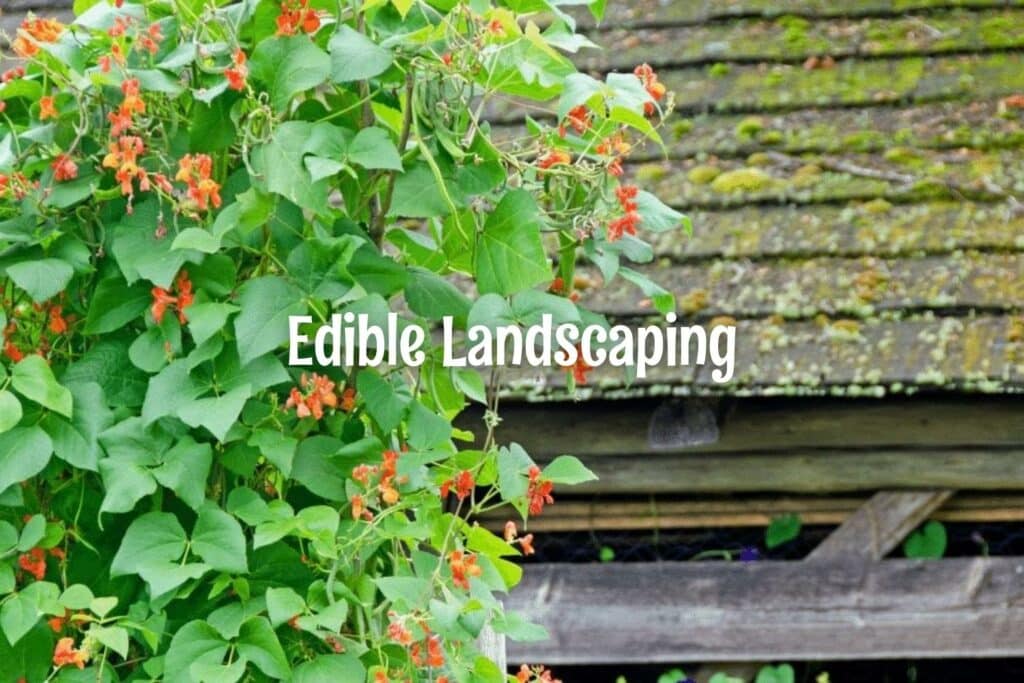
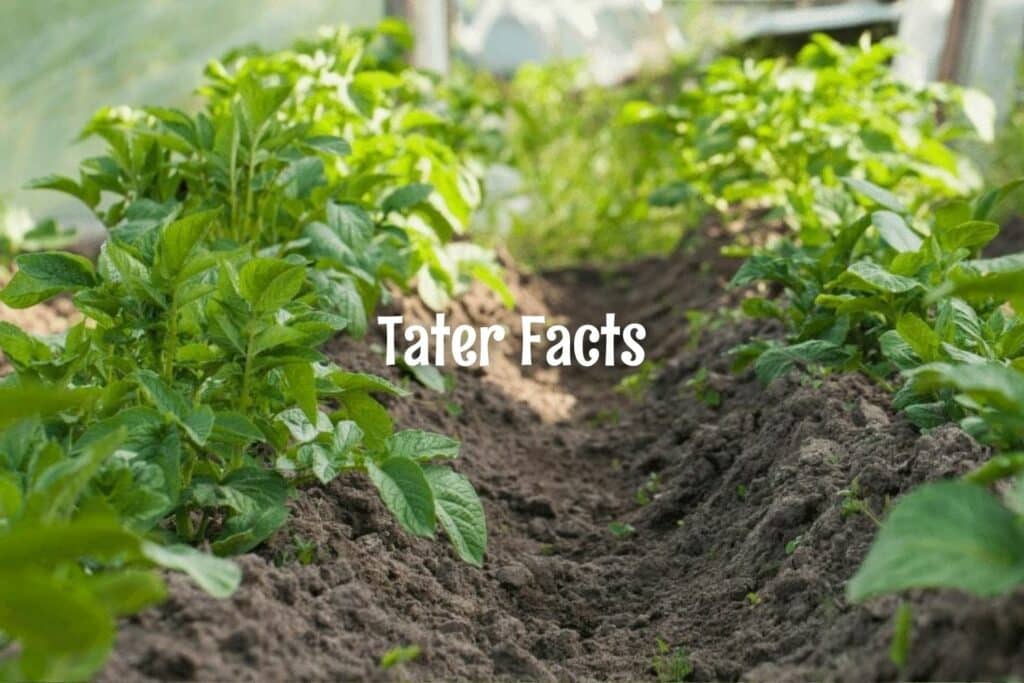
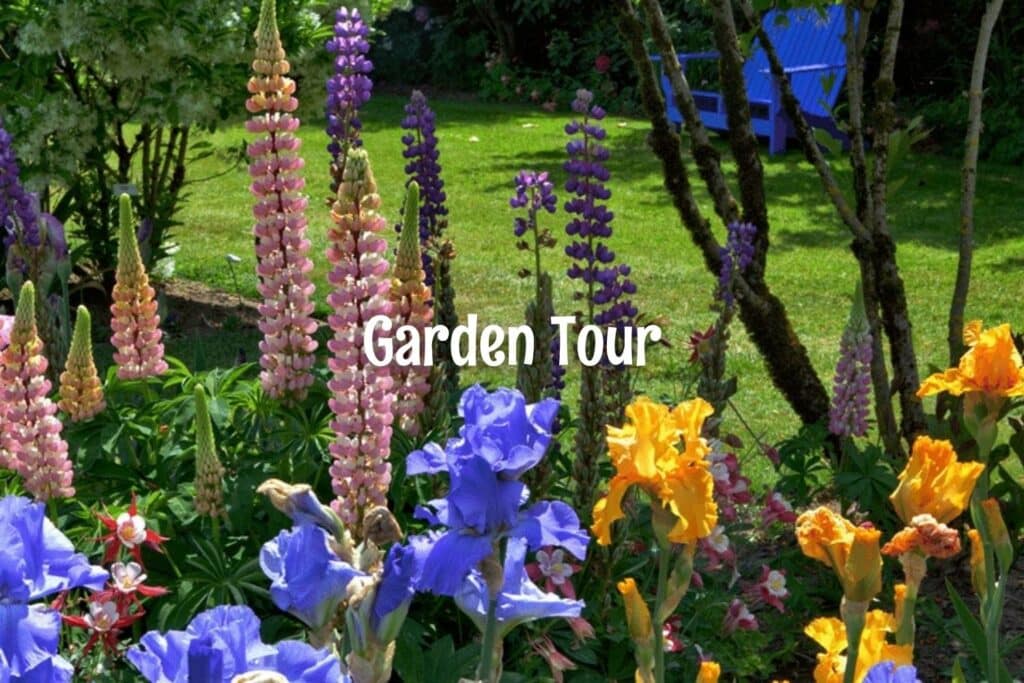
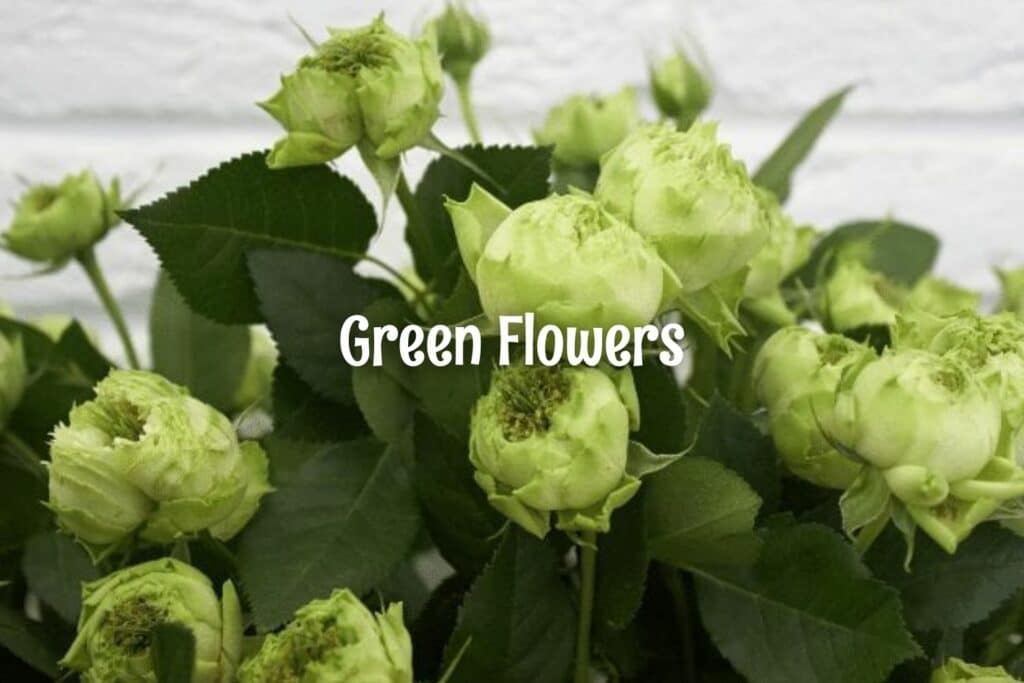
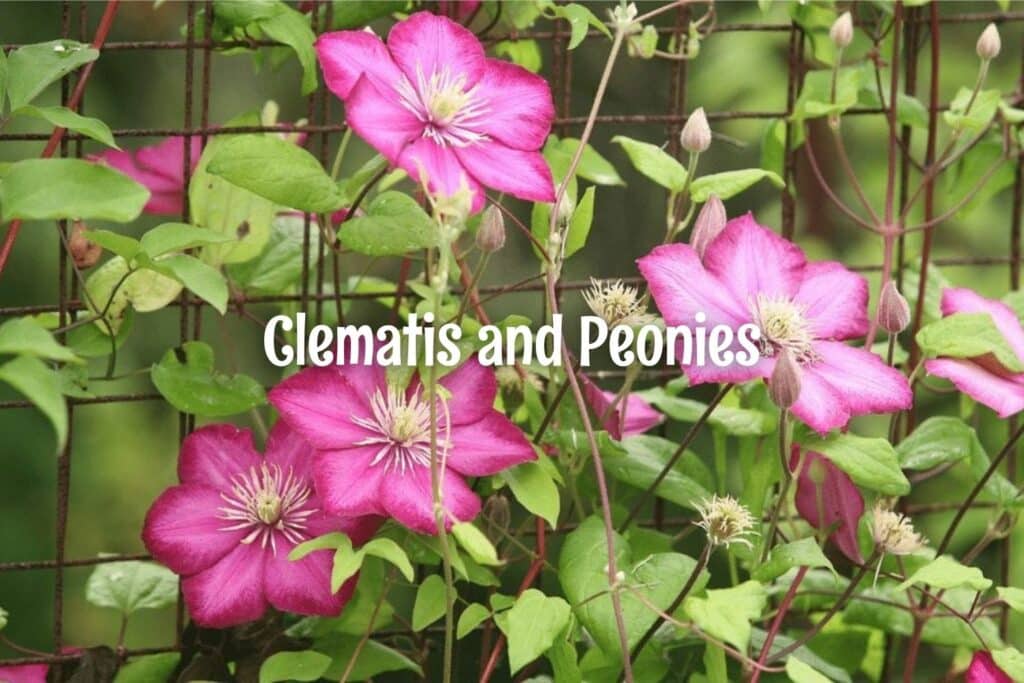
Responses